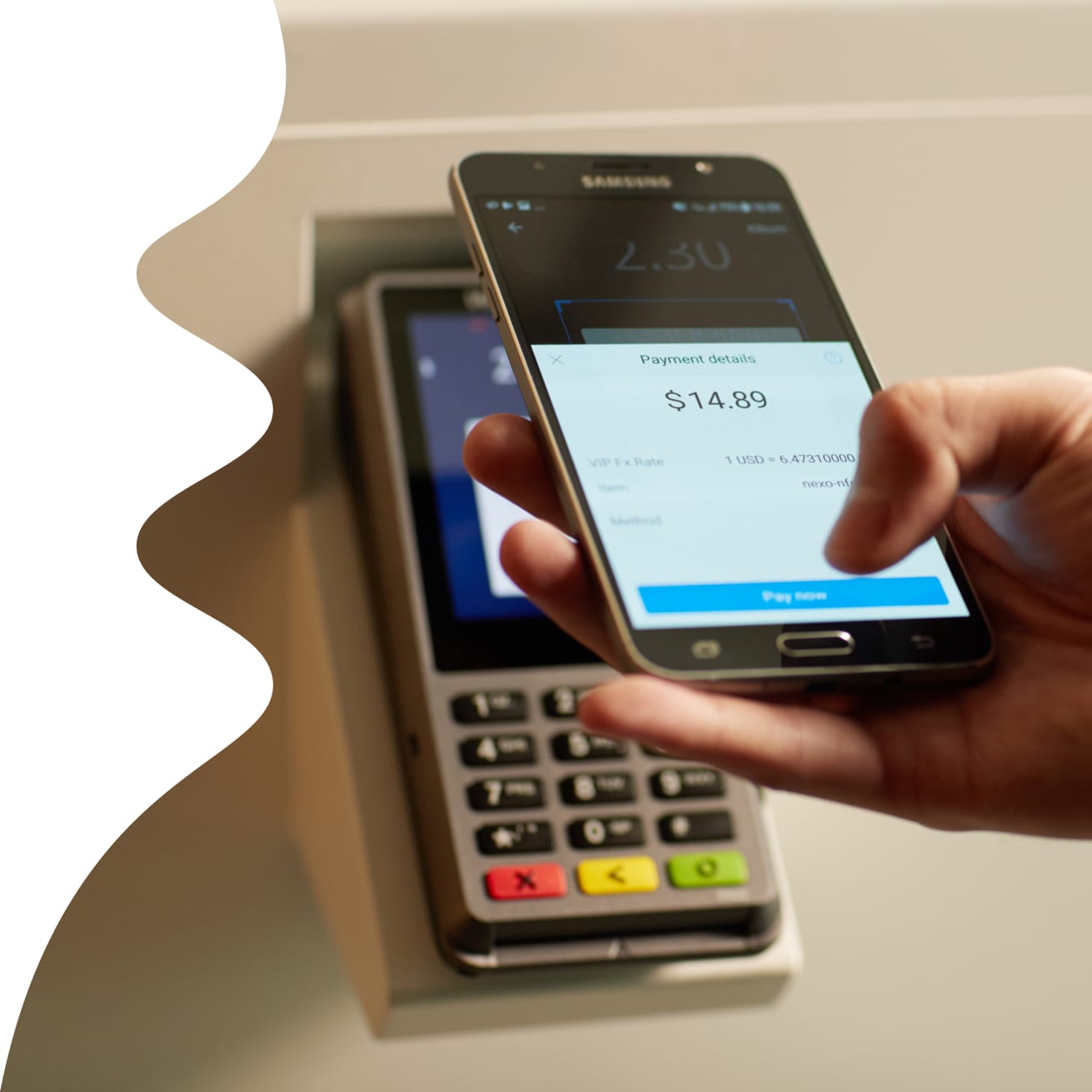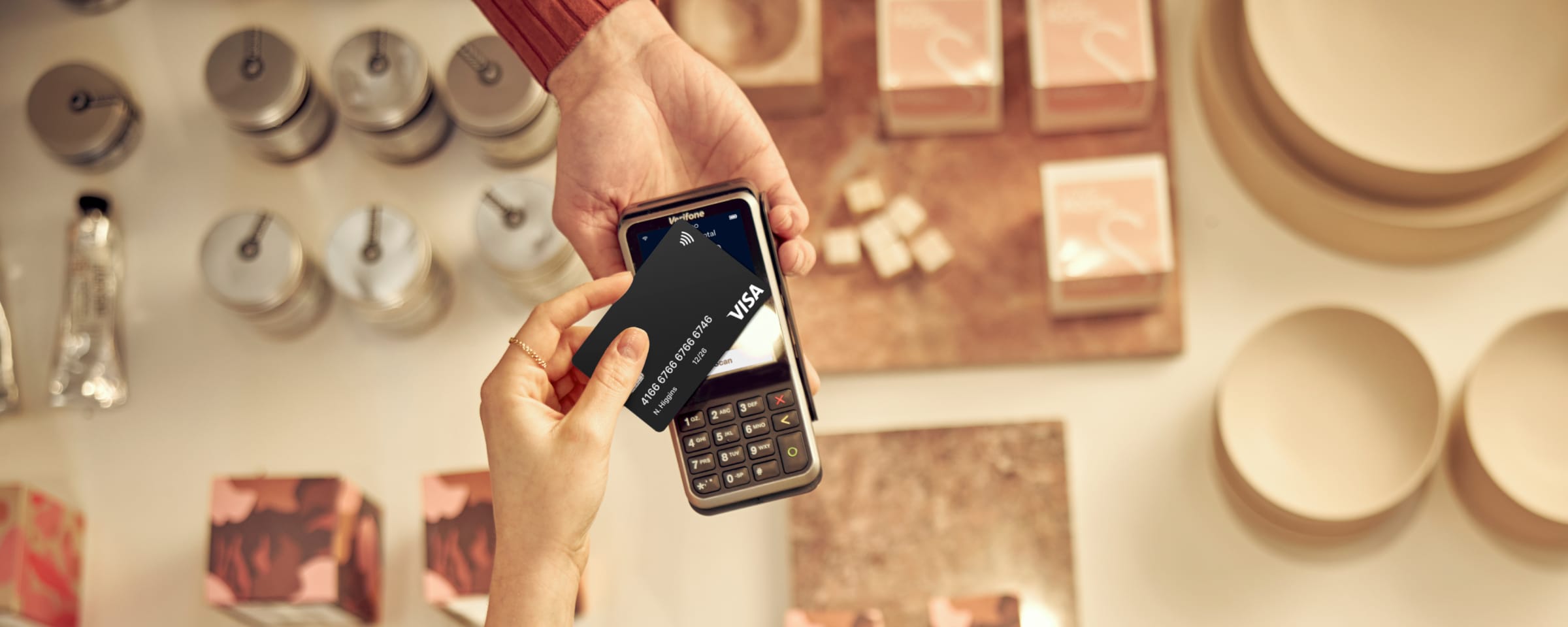Adyen Agility Report Hong Kong ~ Chapter Two
Through thick and thin
Understanding consumer loyalty

There’s nothing like a global crisis for reassessing your priorities. And shoppers really changed their behavior during the pandemic. Only 30% continued to shop with the retailers they preferred prior to the pandemic. Half chose to shop with retailers closer to home, and half tightened the purse strings buying fewer non-essentials.
This shows that as consumer confidence falters, each purchase takes on a greater significance. But our research finds that, if you won a customer’s loyalty during the pandemic, they’ll stick by you. 67% say they will continue to shop with retailers that they relied on during the period. But what does this mean for the future?
% that shopped with the same retailers they used prior to the pandemic
% that will continue to shopping with retailers they relied on during the pandemic
Global
41%
73%
Australia
78%
78%
Singapore
72%
72%
Hong Kong
30%
67%
18 - 34 yrs
21%
70%
35 - 54 yrs
27%
62%
55+ yrs
37%
69%
feel more loyal to brands that have shops near them, even if they don’t go in, they will shop online with them
shopped closer to home during the pandemic
“We have a very close relationship with our customers. They know the in-store consultants by name and vice versa. So our challenge was: How do we bring that genuine and beautiful in-store experience to our digital channels? We’ve launched new customer service initiatives such as live chats and video consultations, curbside pick-up, and click and collect. In this way, we can be sure our customers have uninterrupted access to both our products and expertise.”
Robbie Tutt ~ GM Digital and Technology, Aesop
Inspiring loyalty
Knowing how discerning shoppers are, experience is vital to loyalty moving forward. This is where unified commerce can really pay dividends for retailers. It enables you to create a seamless link across channels, which is vital to creating a frictionless retail experience. It also opens up new shopping experiences that are proven to boost loyalty – for example, the ability to check if a store has stock before leaving the home. It also creates new avenues to reward repeat customers.
63% say they would be more loyal to retailers if they would let them purchase an out-of-stock item in-store and have it delivered to their homes.
18 - 34 yrs
74%
35 - 54 yrs
61%
55+ yrs
58%
say they would be more loyal to a retailer that lets them buy things online and return them in-store
would be more loyal to a retailer that enabled them to shop in-store and finish shopping online, or vice versa
Technology and rewards will also be key drivers of loyalty following the pandemic. More than four in five shoppers prefer to spend with retailers who have a loyalty program (compared to the global average of 58%). And almost three quarters (74%) say that retailers need to improve the ways they reward shoppers for shopping with them – this percentage jumps to 75% for F&B. Technology is a vehicle to achieving this. 64% say they would download a retailer’s app to receive better loyalty bonuses or rewards and 61% want loyalty programs to be linked automatically to their payment card.
Looking further afield: Technology and loyalty
More than any other location surveyed, Hong Kongers want technology to be part of the retail experience. In fact, 40% of Hong Kongers believe retailers are too slow to adopt new technology – compared to 37% of Singaporeans, 28% of Australians, and the global average of 31%.
This love for technology ultimately impacts loyalty. Almost two thirds of people in Hong Kong (63%) said they would be more loyal to retailers who let them buy things online and return in-store. This was a little behind Singapore (68%), but well above the global average (54%), Australia and the UK (53%) and the US (56%).
Hong Kong also leads the globe when it comes to preferring to shop with retailers that have a loyalty program (81%). Singapore was a close second with 78%, while in Australia this is 60% and the global average is just 58%. Expectations are also sky high when it comes to rewards from retailers. 74% want retailers to up their game, compared to the global average of 65%. Meanwhile 82% of Singaporeans want retailers to improve the ways they reward shoppers, 65% of Aussies and 62% of Brits.
Loyalty powered by payment technology
The beauty of unified commerce is that your channels are connected in one system making it possible to run cross-channel loyalty programs. For example, a customer’s payment method can become his/her loyalty card, which can automatically trigger discounts, tailored recommendations, and other rewards – 61% of Hong Kong shoppers say they would be more loyal to retailers that offered this feature.
This technology also means you don’t need to rely on your sales staff to recognize regular customers and you can roll out the red carpet online as well. So even when you can’t meet face-to-face, your customers still feel special.
Curious to learn more about payment-linked loyalty?
“We’re looking at the ways people transact, particularly in this ‘new normal’ to make sure we’re providing the right options. This includes mobile point of sale, which allows customers to pay outside the store. We also support and pay-by-link, where a customer pays for items via a secure payment link which can be sent as a follow-up to a video consultation. We’re doing all we can to ensure customers feel comfortable.”
Robbie Tutt ~ GM Digital and Technology, Aesop
No touching
Contactless payments have never looked so good. Consumers want the pleasure of making a purchase without worrying about their safety. And they expect businesses to meet the hygiene standards mandated by their governments. Contactless payments are now the method of choice for over half of all consumers surveyed. And a majority want to see retailers make use of technology to reduce person-to-person contact.
The same goes for F&B. Respondents are concerned about coming into close contact with other diners and believe businesses should offer contactless payment options wherever possible.
% that are concerned about the hygiene of payment terminals and would prefer contactless payment methods
Global
54%
Australia
50%
Singapore
72%
Hong Kong
59%
want retailers to use in-store technology to reduce person-to-person contact
worry about person-to-person contact in restaurants now
35% say restaurants should do everything they can to introduce contact-free ways to pay.
Male
39%
Female
31%
18 - 34 yrs
37%
35 - 54 yrs
31%
55+ yrs
36%
Looking further afield: Heightened hygiene consciousness
Hong Kong consumers are certainly more hygiene conscious than others, as a result of the pandemic.
Almost three quarters (73%) want retailers to use technology to reduce person-to-person contact in-store – this was more than 20 percentage points higher than the global average of 51%. A similar percentage was recorded in Singapore (72%), compared to 48% of Australians, 49% of Brits and 52% of Americans.
Another important factor for many is the cleanliness of payment terminals. 59% of Hong Kongers are concerned about the hygiene of payment terminals and would prefer contactless payment options, compared to the global average of 54% and 46% of Americans. This figure climbs to 72% in Singapore.
Concern also applies to eating out, 58% said proximity to others was their main concern when visiting bars and restaurants – compared to 62% in Singapore, 55% in Australia, 60% in the US, and 49% globally. This heightened consciousness carries over to person-to-person contact, with 42% worrying about this compared to 32% in Singapore, 29% globally and in the UK.
“Our customers’ safety is our priority so contactless payments have always been a mainstay at Pure, even before Covid-19, and the pandemic has only strengthened that imperative.”
Gavin Black ~ Chief Financial Officer, PURE Group
Contactless payments today
Contactless payments have come a long way from simply tapping your card on a terminal. Near field communication (NFC) technology also supports digital wallets such as Apple Pay, Google Pay™️, Alipay and WeChat Pay. These wallets offer the added benefit of helping to blur the lines between digital and physical transactions so a customer can move seamlessly between the two. And, thanks to their secure authentication methods (like passcodes, fingerprints, and facial recognition), they’re not restricted to standard contactless transaction limits. Crucially, they remove the need to go digging around in your wallet, which reduces friction and helps increase conversions.
For restaurants, there’s a whole new swathe of payment options that allow diners to keep their distance. These include pay-at-table and pay-at-bar, in which bar staff can send the drinks order straight to their handheld POS device, freeing up the cash desk for other orders.
QR codes are also undergoing a renaissance – customers can simply scan a code and then authorize the payment. While they have been used in Chinese mobile wallets for some time, the common QR code specification for retail payments in Hong Kong has only been in effect in Hong Kong for a couple of years.

